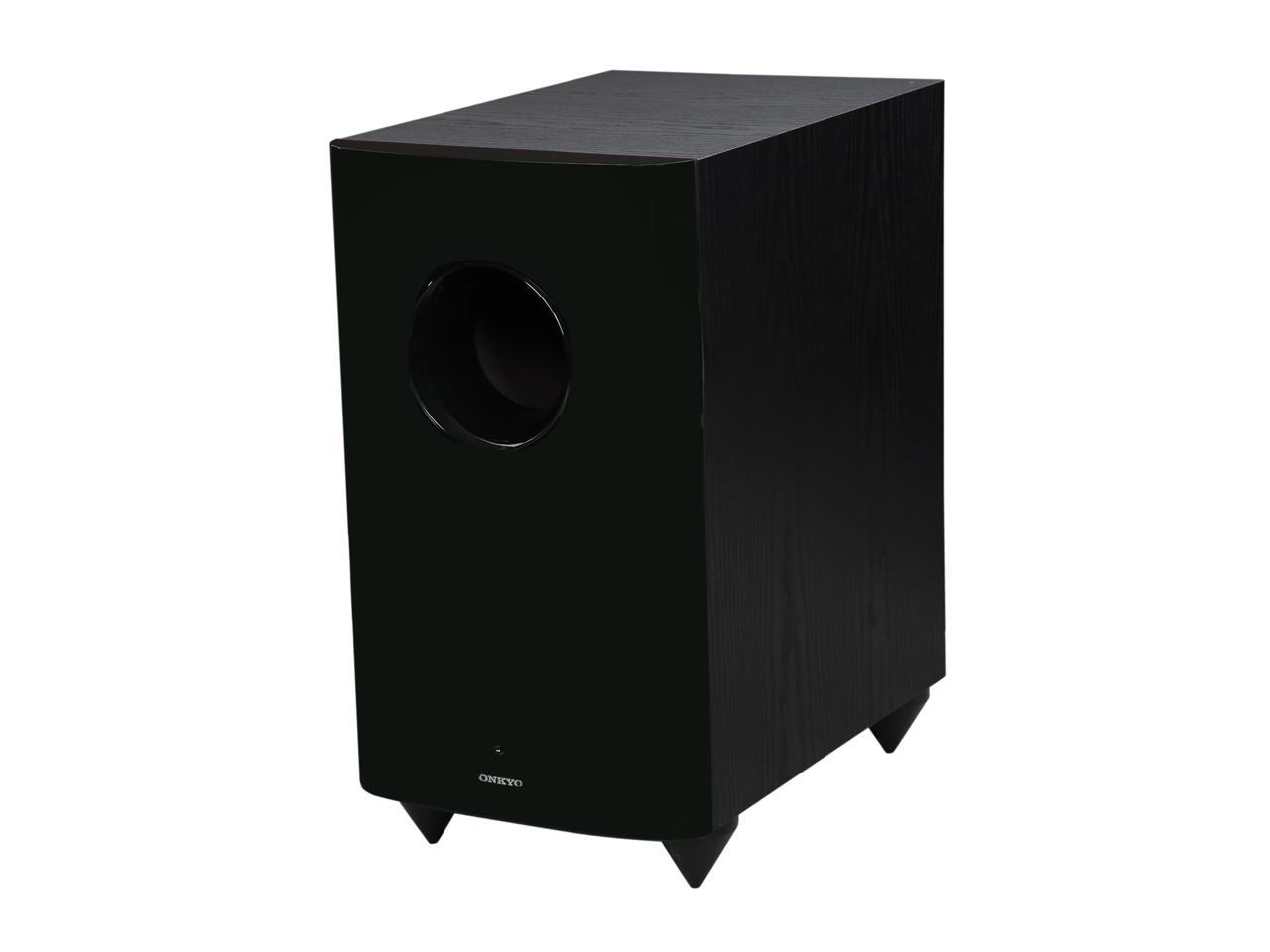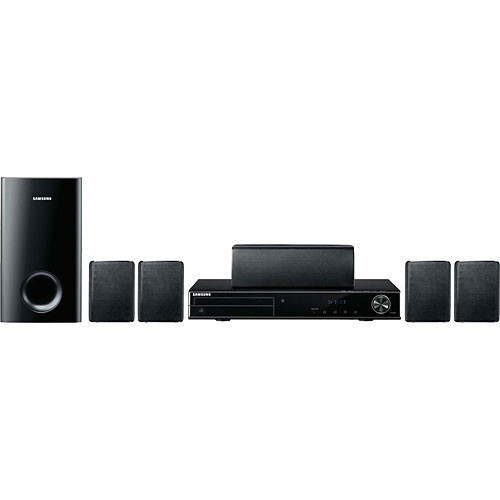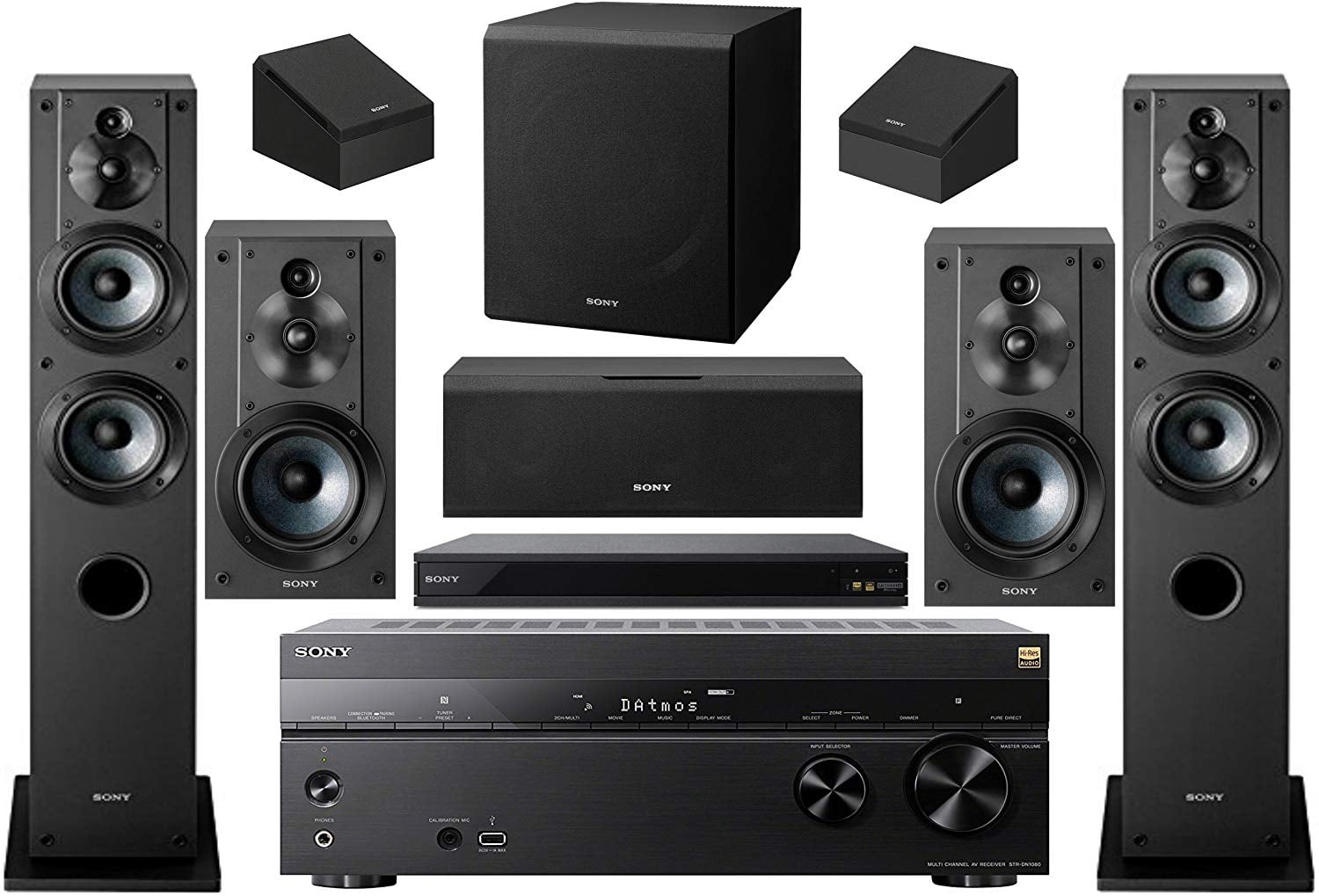Table of Content
- Perlisten Audio S7t 5.2 Channel Home Theater System Review
- Sony Mgongo 5.2 Channel Component Home Theatre System
- Sponsored items customers also bought
- Canton Vento 100 Floor Standing Speaker Review
- ELAC Cinema 5.2 Home Theater Speaker System
- Perlisten Audio 5.2 Channel Home Theater System
- JBL Stage A180 Series 5.1 Home Theater Speaker Package
Adding DSP to this design that could optimize the main lobe would require an amp on every driver and a DAC connected to every amp. The computational power needed in the DSP would be far greater than what is required when replacing the passive crossovers in a typical 3-way speaker. This is a graph from Anthem ARC showing the calibrated responses of all five Perlisten speakers and the dual subwoofers in my home theater. The Left and Right channels had a MAX EQ level of 350 Hz, the Center channel MAX EQ was 700 Hz while the surrounds had a MAX EQ level of 400 Hz. The subwoofers blended into the space very well and had solid extension to at least 15 Hz. Then the response could be optimized for different listening heights, but this would start to excite the ceiling reflections.
Movie dialog was also crystal clear from every seat and levels required no additional tweaking from my part post calibration. Two D212 subwoofers are complete and utter overkill for my size of home theater but, be that as it may, I have never had such impressive sounding, detailed, and, when necessary, concussive bass in my home theater, ever. The well-thought-out control app on my phone gave me an excellent amount of flexibility for dialing in each subwoofer to perform its best in the room prior to letting room correction finesse the rest. The two subs were easily getting down flat to at least 15 Hz in room and kept bass evenly distributed amongst all four of our chairs.
Perlisten Audio S7t 5.2 Channel Home Theater System Review
Even when listening casually to this CD while well away from the speakers, at my computer desk, what I was hearing often sounded so good that I had to stop what I was doing to turn around and just enjoy the music. Now, having acquired a decent understanding of the speaker’s sound character, I brought the twin R212s subwoofers into the studio to create a 2.2 channel system to see how that would fare. Using the Anthem STR preamp’s bass management and room correction capabilities, I was able to blend both the monitors and subwoofers together with stereo bass. The dual-driver, push-pull design of the R212s subwoofers provided an unyielding supply of tight and authoritative bass whenever the situation called for it. And by just “juicing” the overall bass level by 2 dB, it brought almost stupid levels of fun to certain bass-heavy electronica and rock tracks! The latest version of REW also allows for calculating PEQ data for the Perlisten sub as an added bonus.

” Yes, but it’s one thing to look at the speakers and conclude that fact but it’s another thing to hear the difference back-to-back. It worked the same way with the Perlisten S7t tower speakers that I reviewed as well, and I liked that method of sound projection/presentation. Overall detail and tonality were very similar between the two speakers with the Revels having a touch more “zing” to cymbals and similar instruments, but the Perlisten wasn’t what I’d call soft by comparison either. This intense undercurrent of bass continued into “The Octopus-Homecoming Medley” where the low register harp notes were joined by deeper horns, bass drums, and double bass. These instruments gradually combine together to create a sweeping musical mass that circles between and around the speakers with increasing ferocity. The music then opens up into a bright and lively, full orchestra fanfare, with horns and strings and all sorts of percussion incorporating serious dynamics.
Sony Mgongo 5.2 Channel Component Home Theatre System
The front baffle is made from a solid HDF block that has been carved to the desired shapely result to house the drivers just so. The whole shebang sits on a curvy but heavy steel plinth with 4 substantial feet with polished rose gold spikes. Per tower the S7t cabinets are properly inert and, once you place them, they aren’t going anywhere. These were some of the heaviest loudspeakers that my son and I had to navigate down the stairs and into our basement HT. The speakers also have two internal 3.5-inch down-firing ports with the air emptying through the rectangular mesh openings, all around the base. Perlisten includes foam plugs to stuff the ports and change the S7t to a sealed tuning but installing them requires turning the speakers on their side and removing both the plinth and another metal plate to access the ports.

For $5,000 and some change, it’s clearly possible to build a very impressive 5.2 system. The secret sauce here is the high value EMPTek line, which delivers performance and aesthetics that defies their price point. Add in a pair of good quality subwoofers from SVS and a Denon receiver to make the most of them, and you’ve got the core of an excellent home theater system. Now all you need is a display and some popcorn to enjoy movies and music in all their multi-channel glory. Here is the nearfield response data for the R212s subwoofer provided taken in my room.
Sponsored items customers also bought
Just to recap, the THX Dominus level alone is pretty much a doubling of the limits for THX Ultra. So, for a loudspeaker to meet that specification it has to maintain a very high fidelity of sound at a continuous 85 dB level at the listening position with 105 dB peak levels. Above are the horizontal radiation curves from 45 to 90 degrees, scaled from 300 Hz on up. Again, we continue to see generally the expected rate of extended off-axis decline. The unevenness between 2 kHz to 3.5 kHz is more visible the farther off-axis we go. Above are the horizontal radiation curves of the Perlisten S7t from 0 to 30 degrees, scaled from 300 Hz on up.

Great music helps feed the soul and inspire creativity, and also provides for the occasional distraction. If he had a personal philosophy, it would be; always be open to learn something new and don’t take yourself too seriously. Specifically when it comes to audio reviewing; honesty and a good balance of objective and subjective observation is key.
A robust separate multi-channel power amp is recommended to get the best out of this speaker. Carlo’s comments about a lack of spaciousness in his mono listening comparison are related to what happens above 3.5kHz when the outer domes are turned off and only the center tweeter in the deep waveguide is energized. A monotonic PIR with minimal deviation from a linear approximation to its slope is not the only factor in allowing a speaker to achieve a very high double-blind score. The Listening Window must have minimum deviation from a flat line.

This track is not so much about just playing bass notes but more using a collage of sounds, obtained from a single instrument, to build a melody. The Perlisten S7t successfully renders the detail, intensity, and variety of tones that Brain Bromberg is using to play that song in spades. The only caveat I have is that the price of a single R5m and its matching stand is only $705 bucks shy of a single R7t tower speaker.
They can be easily used alone in a small to a medium-sized room (with quality amplification, as you’ll want some juice) to make an excellent sounding stereo system with a surprising low-end punch. Adding an R212s will get you there and then some with superb low-end performance, matching aesthetics, and lots of configuration options (if you are a bass-nut with a full pocketbook you’ll add two). Combine that 2.2 channel base with the R5c center channel speaker and the R4s on-wall surrounds, and you will have an outrageously capable home theater system, sized for the average home theater room. This is a gem of jazz/hard bop CD that I haven’t pulled out in a good while. Listening to this in my studio with just the Perlisten S7t towers alone, from the first plucked bass notes of the title track “Kelly Blue” I knew I was in for something special. For an album recorded in 1959, it has an immense soundstage with a great sense of depth that the S7t towers were all too eager to flaunt.
Needless to say, as a whole ensemble, it was an absolute pleasure having this Perlisten system in my home theater. It gave me complete satisfaction whether I was listening to multi-channel music or watching movies. It’s a properly next-level system that probably deserves a better room than I had to really take advantage of its absolute limits.
Below that there is a bit of a hump from 300 Hz to 500 Hz, a matching peak at 180 Hz to the R5m and then a roll-off in the response below 80 Hz. All indications are that a similar application of room correction, maxed at 600 Hz , would clean up these room-induced bass issues as they did with the R5m. Moving to the vertical radiation pattern for positive angles for the Perlisten R5m, we see the plots for 0 to +40 degrees, scaled from 300 Hz on up provided by the manufacturer. Around 3 kHz the outer two of the 3 tweeters, which reduce the vertical radiation from the 1.3 kHz crossover to the DPC, are being turned off.


No comments:
Post a Comment